
Spring's Bounty: Smoked Salmon Quiche with Wild Ramps, Vermicomposting Revival, and Rainwater Harvesting
As the lingering chill of winter fades, and the swelling buds on the old apple trees hint at the promise of spring, a palpable sense of renewal sweeps across the homestead. The air is thick with the scent of damp earth and the delicate perfume of blossoming elderflower. The trilling of robins fills the air, a cheerful soundtrack to the burgeoning life all around. Among the most eagerly awaited signs of the season is the fleeting appearance of wild ramps, their vibrant green leaves beckoning us into the misty depths of the woods. This spring, we celebrate the cycle of life by reviving our vermicomposting efforts and replenishing our rainwater reserves. Join us as we create a delightful Smoked Salmon and Asparagus Quiche with a Wild Ramp Crust, enriching our garden with homemade vermicompost, and conserving water with a simple rainwater harvesting system.

Foraging for Wild Ramps: A Springtime Treasure (Responsibly!)
Wild ramps (Allium tricoccum), also known as wild leeks, are a cherished springtime delicacy, celebrated for their pungent garlicky-onion flavor that adds a unique zest to seasonal dishes. These woodland wonders emerge in early spring, their broad, elliptical green leaves carpeting shady, moist areas. Before you venture into the woods in search of this ephemeral treat, it is imperative to be able to identify them correctly. Always smell the plant to ensure the distinct garlic-onion aroma! Look for broad, smooth, green leaves emerging from the ground, typically in clusters. Ramps lack a bulbous stem and have a reddish-purple tinge at the base. Be sure to practice responsible harvesting: take no more than 5-7% of a patch, to give the ramps time to replenish and flourish again in a few years. Avoid taking more than one leaf per plant and consider transplanting bulbs to help replenish depleted patches. Always obtain permission before foraging on private land. It’s also crucial to be aware of poisonous look-alikes.
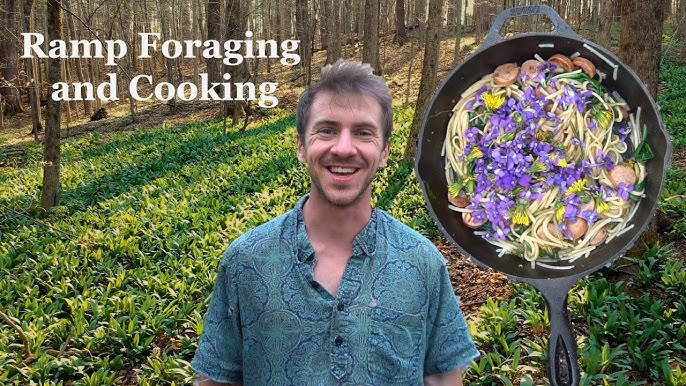
Important Identification Tips:
- Smell: Ramps have a distinct garlicky-onion aroma when crushed.
- Leaves: Look for broad, smooth, green leaves emerging from the ground.
- Bulb: Ramps have a small, elongated white bulb with reddish-purple tints at the base.
- Habitat: They typically grow in moist, shady woodlands.
Look-Alikes to Avoid:
- Lily of the Valley (Convallaria majalis): These plants have similar-looking leaves but lack the garlic-onion smell and have bell-shaped flowers later in the season.
- Hellebore (Helleborus orientalis): Also known as Lenten roses, these have thicker, more leathery leaves and are toxic.
Smoked Salmon and Asparagus Quiche with Wild Ramp Crust: A Springtime Feast
This quiche is a celebration of spring flavors, combining the delicate taste of smoked salmon with the fresh, grassy notes of asparagus and the subtle garlic-onion punch of wild ramps.
Ingredients:
- Crust: 1 1/2 cups all-purpose flour (or a blend of all-purpose and whole wheat), 1/2 tsp fine sea salt, 1/2 cup (1 stick) cold unsalted European-style butter (cut into 1/2-inch cubes), 1/4 cup ice water, 1/2 cup finely chopped wild ramps (about 1/4 pound).
- Filling: 1 tbsp extra virgin olive oil, 1 cup chopped asparagus (1-inch pieces, blanched), 4 large free-range eggs, 1 cup organic heavy cream, 1/2 cup grated Gruyere cheese (aged at least 6 months), 4 oz thinly sliced, sustainably sourced smoked salmon (flaked), freshly ground black pepper and sea salt to taste.
Instructions:
- Make the crust: Combine flour and salt in a chilled mixing bowl. Cut in cold butter using a pastry blender or your fingertips until the mixture resembles coarse breadcrumbs. Gently stir in the chopped wild ramps. Gradually add ice water, mixing until the dough just comes together. Form into a flat disc, wrap tightly in plastic wrap, and chill in the refrigerator for at least 30 minutes.
- Preheat oven to 375°F (190°C). On a lightly floured surface, roll out the dough into a 12-inch circle. Carefully transfer the dough to a 9-inch pie plate. Trim and crimp the edges. Prick the bottom of the crust with a fork multiple times to prevent it from puffing up during baking. Bake the crust "blind" (lined with parchment paper and filled with pie weights or dried beans) for 15 minutes. Remove weights and parchment and bake for another 5 minutes, or until lightly golden.
- While the crust is baking, sauté blanched asparagus in olive oil until tender-crisp, about 3-5 minutes.
- In a separate bowl, whisk together the eggs and heavy cream until smooth. Stir in grated Gruyere, flaked smoked salmon, sautéed asparagus, freshly ground black pepper, and a pinch of sea salt to taste.
- Pour the filling into the pre-baked quiche crust. Bake for 30-40 minutes, or until the filling is set and the crust is deeply golden brown. A knife inserted into the center should come out mostly clean.
- Let the quiche cool slightly on a wire rack before slicing and serving. Garnish with fresh dill sprigs and a lemon wedge.

Building a Vermicomposting Bin: Turning Waste into Garden Gold
Vermicomposting, or worm composting, is a fantastic way to recycle kitchen scraps into nutrient-rich compost for your garden. It's a simple and effective way to reduce waste and create a valuable soil amendment.
Materials List:
- Two dark-colored, heavy-duty plastic bins (one fitting snugly inside the other)
- Power drill with various drill bits
- Bedding material (shredded unbleached newspaper, coconut coir, or peat moss)
- Approximately 1,000 red wiggler worms (Eisenia fetida)
- A variety of vegetable scraps, coffee grounds, crushed eggshells
- Water
- A tight-fitting lid with ventilation holes
Instructions:
- Drill numerous small drainage holes (1/4-inch diameter) in the bottom of the inner bin to allow excess moisture to drain into the outer bin.
- Drill ventilation holes (1/2-inch diameter) in the lid and along the sides of both bins to ensure proper air circulation.
- Place the inner bin inside the outer bin, creating a catch basin for leachate (nutrient-rich liquid).
- Add moistened bedding material to the inner bin until it is about two-thirds full. The bedding should be moist like a wrung-out sponge.
- Gently introduce the red wiggler worms to the bin, spreading them evenly over the bedding.
- Bury small amounts of vegetable scraps, coffee grounds, and crushed eggshells in the bedding, alternating feeding locations to encourage even distribution of the worms.
- Cover the bin with the lid and place it in a sheltered location where the temperature remains between 55°F and 77°F (13°C and 25°C).
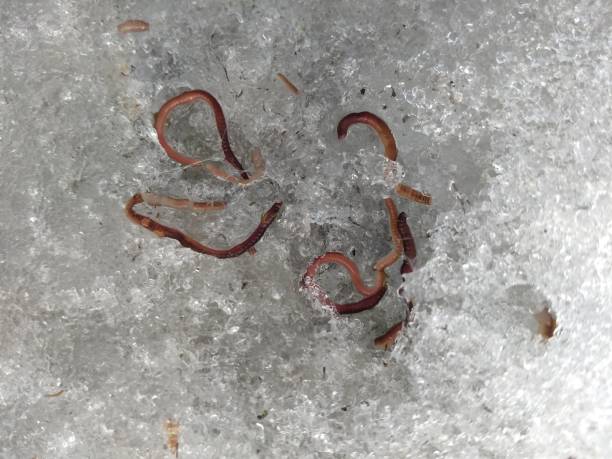
Tips for Successful Vermicomposting:
- Maintain Moisture: Keep the bedding moist but not soggy.
- Feed Regularly: Provide the worms with a steady supply of food scraps.
- Avoid Dairy and Meat: These can attract pests and create unpleasant odors.
- Harvest Regularly: Harvest the vermicompost every few months, once it is dark and crumbly.
- Use Worm Castings: Dilute worm castings with water to make a nutrient-rich "worm tea" for your plants.
Rainwater Harvesting: A Sustainable Source of Water
Harvesting rainwater is an environmentally responsible and economically sound way to augment your water supply on the homestead, diminishing your reliance on municipal water systems and conserving dwindling natural resources.
To get started, you'll need a few key components:
- Clean rain gutters
- Corrosion-resistant downspouts
- Food-grade collection barrels with lids
- First-flush diverters
- Sediment filters
- Overflow valves
To effectively divert rainwater from your roof into a collection barrel using downspout extensions and flexible hoses, how to implement a first-flush diverter to remove initial pollutants, how to install a sediment filter to capture fine particles, and how to utilize the harvested water for irrigating gardens, washing vehicles, or cleaning outdoor surfaces. When positioning your rain barrels, prioritize a level, reinforced foundation composed of concrete blocks or compacted gravel, ensuring it can safely bear the immense weight of a full barrel (a standard 55-gallon barrel weighs in excess of 450 pounds).
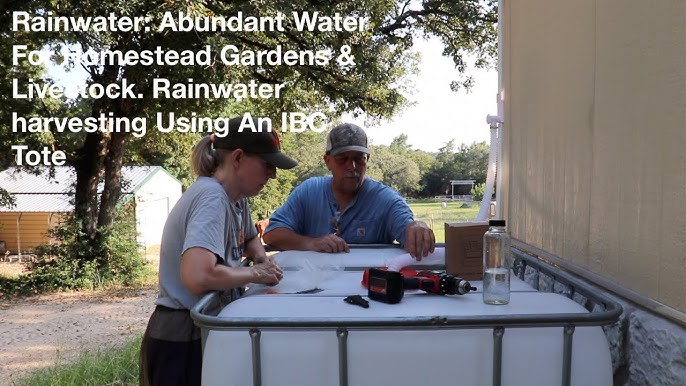
Designing a Small-Scale Rainwater Harvesting System:
- Calculate Roof Runoff: Determine the amount of rainwater you can collect based on your roof size and average rainfall.
- Select Barrel Sizes: Choose barrel sizes that are appropriate for your needs and the space available.
- Connect Multiple Barrels: Connect multiple barrels in series to increase your storage capacity.
- Install a First-Flush Diverter: This will remove the initial, more polluted rainwater.
- Use a Sediment Filter: This will capture fine particles and prevent them from entering your barrel.
- Install an Overflow Valve: This will prevent the barrel from overflowing.
Uses for Harvested Rainwater:
- Irrigating gardens
- Washing vehicles
- Cleaning outdoor surfaces
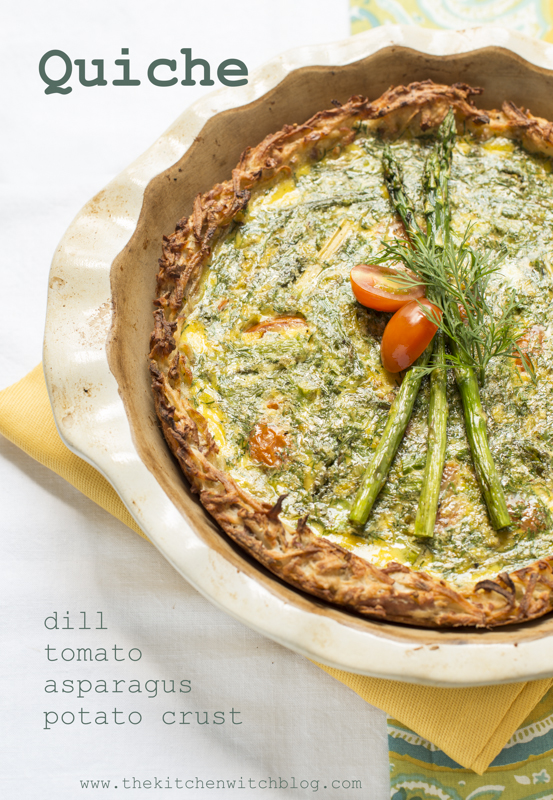
Closing Reflection
By foraging responsibly, transforming kitchen scraps into valuable compost, and harnessing the power of rainwater, we can cultivate a more resilient, self-reliant, and harmonious homestead. These actions foster a closer relationship with nature, allowing us to contribute to a healthier planet and a more sustainable future.
As the days grow longer, the soil warms, and the garden awakens, I encourage you to embrace these rewarding sustainable practices and rediscover the simple joys of connecting with nature on your own homestead. What are your favorite springtime rituals on the homestead? Do you have any innovative strategies for foraging, vermicomposting, or rainwater harvesting? Please share your insights and experiences in the comments below!
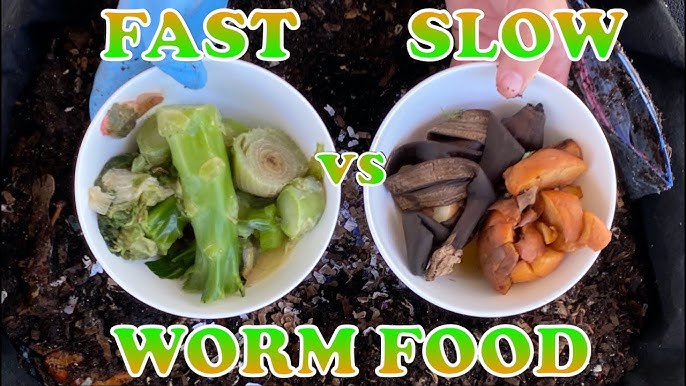
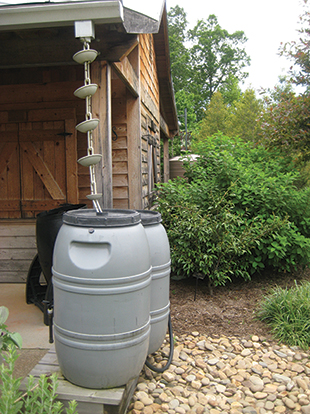
Keywords: organic gardening, seasonal harvest, homegrown, compost, sustainable home, cozy living, backyard projects, farmhouse life, wild ramps, vermicomposting, rainwater harvesting, quiche, spring foraging, red wiggler worms, reclaimed wood, sustainable living, responsible foraging, rainwater collection, spring recipes, homemade quiche, vermicomposting tips, spring garden.